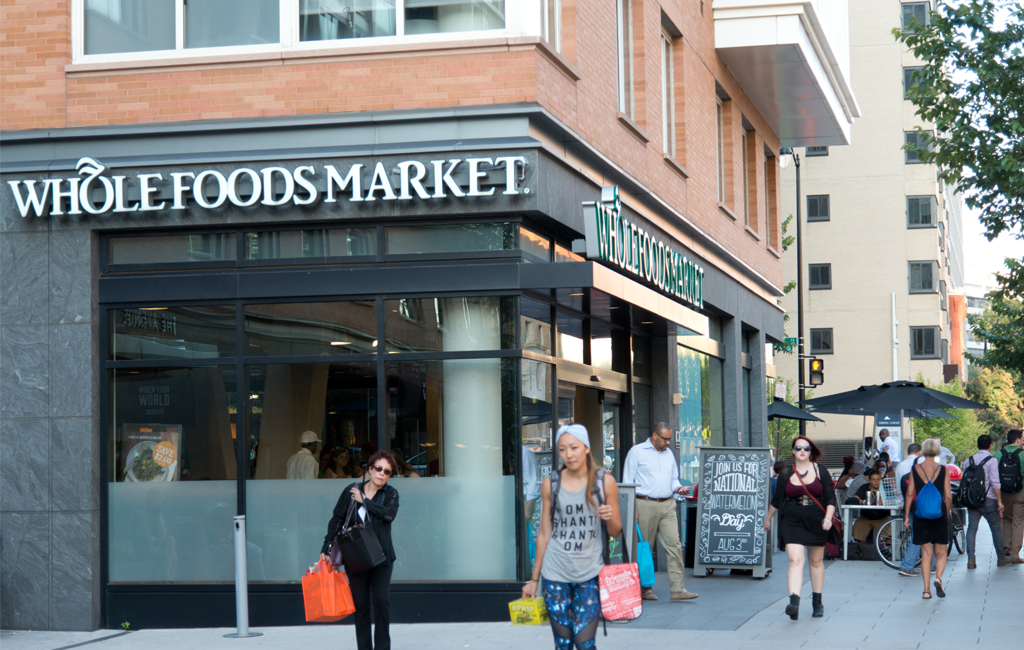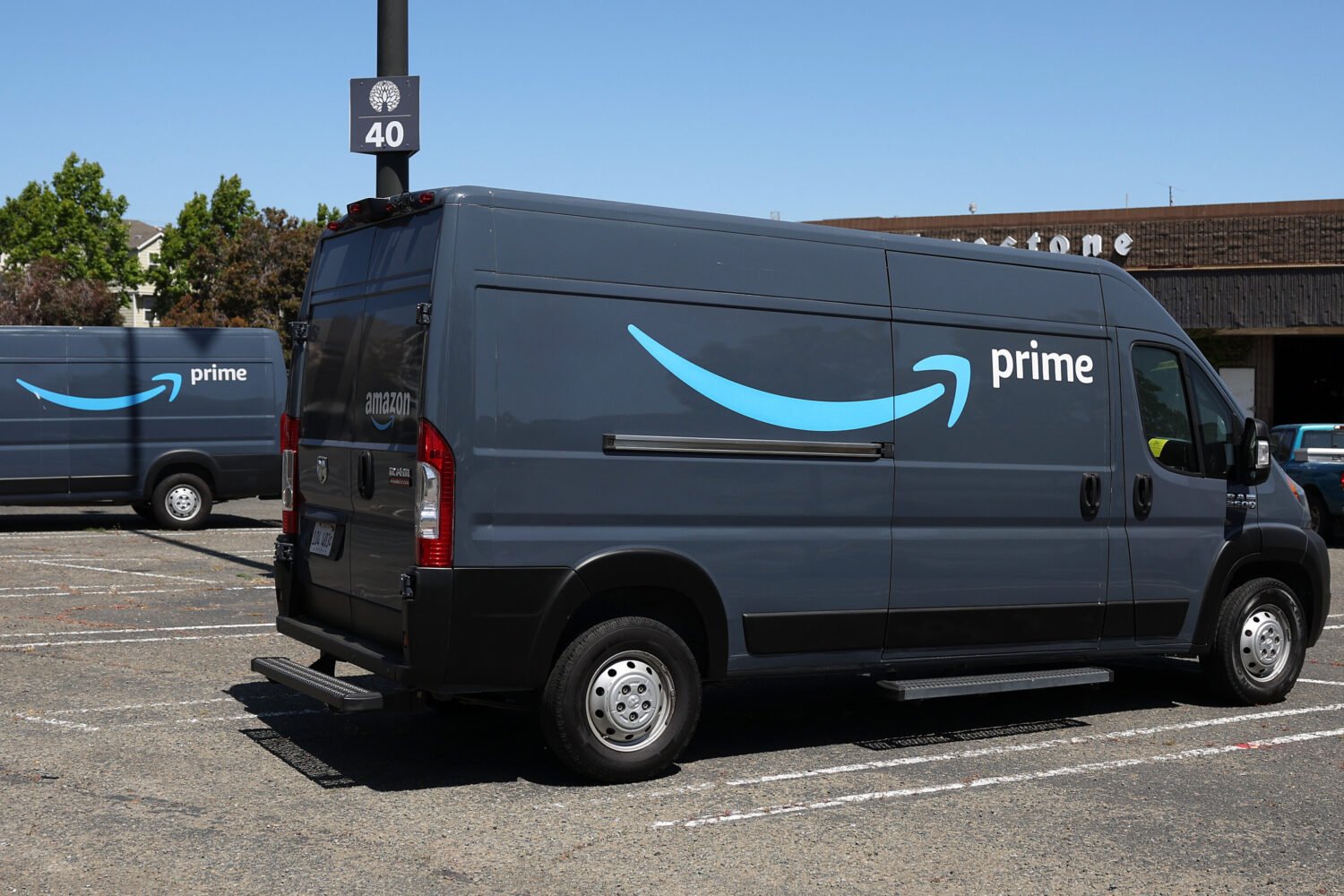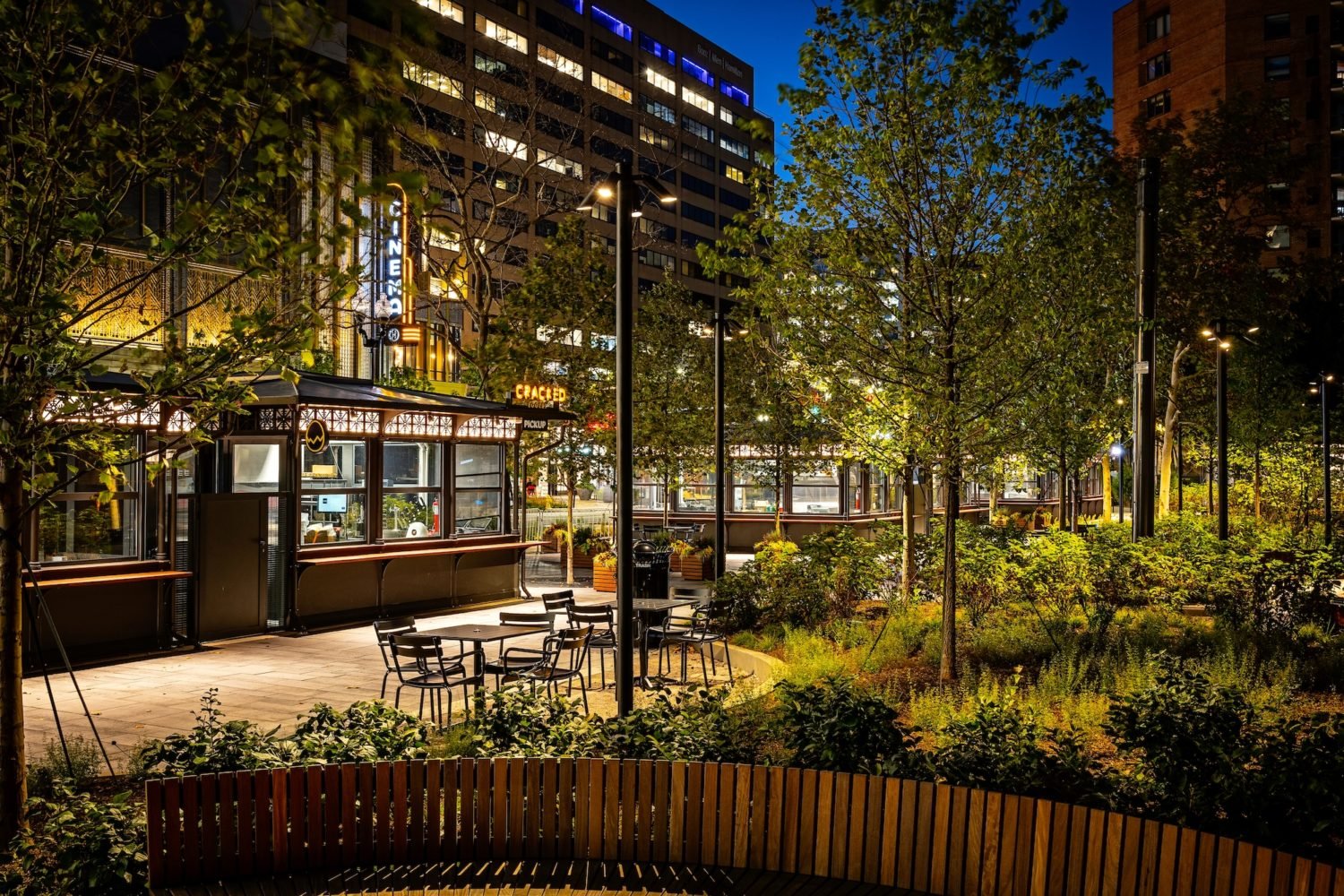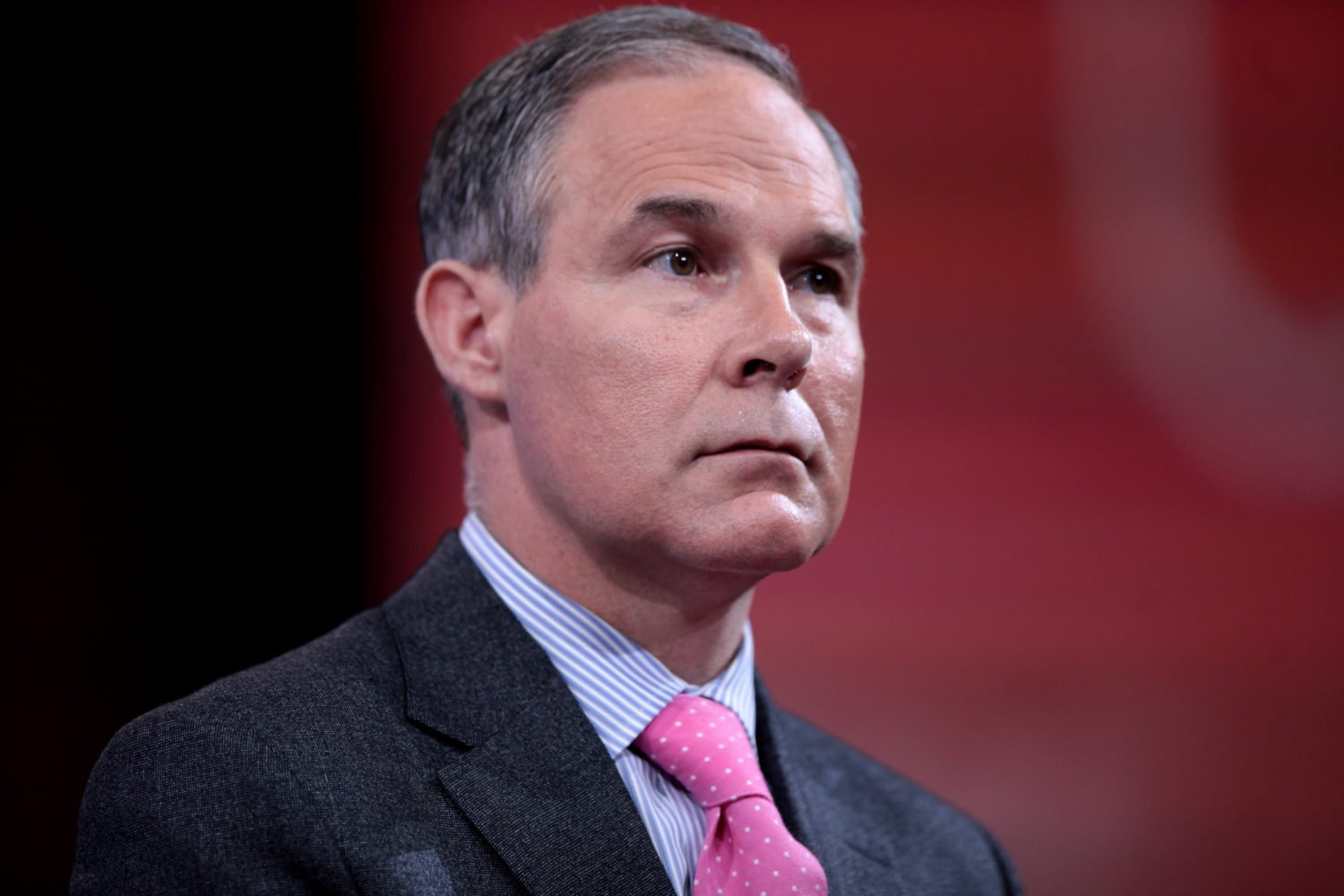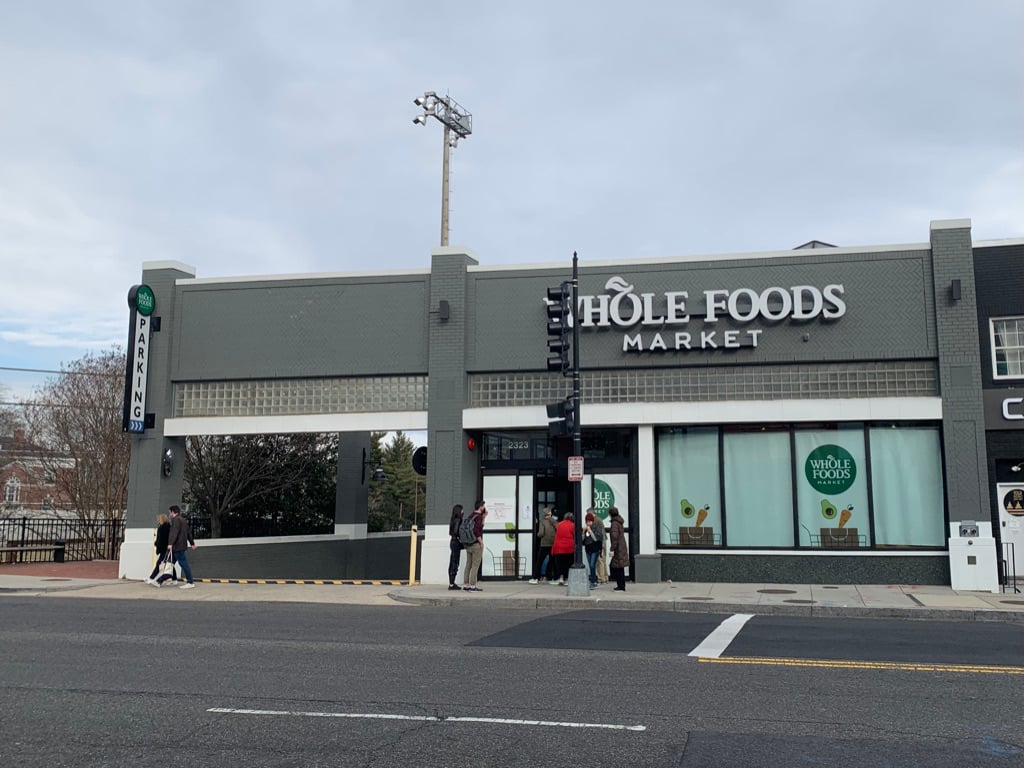The news that Amazon is buying Whole Foods Market landed Friday morning with a fair bit of surprise. But Twitter jokes about Jeff Bezos aside, the $13.7 billion transaction appears poised to upend the way consumers buy groceries. And looking at the roles both companies play in Washingtonians’ lives, its not hard to envision some of the possible effects that we could be seeing rather soon.
Amazon buying Whole Foods has the potential to make over the grocery-delivery business the same way it’s changed the purchasing of most everything else. But food is tougher than books, bike parts, and shoes. Take AmazonFresh, the Seattle-based retail giant’s own grocery service, which launched in the DC area last year. While Amazon has long sold non-perishable items, it was—at least in this market—a few years behind established delivery businesses like Peapod, which delivers orders from Giant, and Instacart, an Uber-like service that uses independent couriers to go on grocery runs to a variety of stores, including Whole Foods (which owns a small stake of Instacart). Deliveries ordered through Whole Foods’s website are facilitated exclusively by Instacart, and many of the chain’s locations feature Instacart-branded lockers where couriers pick up its digital customers’ provisions.
Whole Foods coming into Amazon’s arsenal feels like an Instacart killer, especially if Whole Foods orders made online are turned over to Amazon’s in-house logistics operations. First, consider Amazon’s current grocery operation. AmazonFresh has struggled to claim a chunk of the grocery market, though its failings are more on the supply end than on delivery. Amazon’s taken losses after having to throw away large volumes of expired meat and produce or delivering items on or close to their expiration dates.
Even if Amazon has a tough time getting fresh bananas to customers, it long ago mastered the art of moving books, electronics, and sundries from warehouse-to-front-door within a span of hours. Now, say Amazon adds your local Whole Foods store’s inventory as a section of its flagship website. Instead of rifling through one of Amazon’s gigantic fulfillment centers where it’s easy for produce to go bad, the same delivery people who rush that 12-roll package of toilet paper to your house can go to Whole Foods, pick up your entire order at a store that continually restocks perishable items, and rush it to your house in a bag stamped with the Amazon Prime logo.
“We will find out soon if Amazon has plans to just get deeper into the grocery business, or to use this 400-plus (primarily urban) brick and mortar chain as a multi-retail, logistics hub for all things Amazon,” says former DC transportation director Gabe Klein. “For traditional retailers, I would imagine this is disheartening in terms of now having to potentially compete with Amazon on the street as well as the web, but it also shows that retail is important and may have more life in it than some give credit.”
So what about Whole Foods, which keeps opening stores in the DC area and has big plans for its future here? On the surface, the business model appears to be the opposite of its new parent company’s. While Amazon is about making it easier for all your needs to come to your door, Whole Foods’s locations are designed as places for people to linger. Recent store openings in Hyattsville, Pentagon City, and on H Street, plus future locations like Navy Yard and Tysons, are all part of mixed-use developments and tend to include in-store features like coffee and beer bars, cafés, and large seating areas where people—who live in the apartments upstairs or on the surrounding blocks—can enjoy prepared food items. That seems unlikely to go away anytime soon. While online grocery shopping is increasingly popular, it’s not that popular yet. Just 4.5 percent of US consumers say they buy their provisions online on a regular basis, Bloomberg reported last year.
To be sure, Amazon buying Whole Foods opens up a whole universe of predictions, especially if, say, Amazon’s Alexa platform can suddenly be used to replenish your supplies of Greek yogurt or tortillas with a simple voice command and automatic charge to the credit card associated with your Prime account. Still, don’t expect your nearest Whole Foods to empty out anytime soon. Amazon doesn’t (yet) have the capability to physically bring people to Erik Bruner-Yang‘s restaurant inside the H Street Whole Foods, and a delivery-person might not know how many radishes you want in that carton from the salad bar.
Now, if Bezos could just figure out how to fix Whole Foods’s parking lots.

